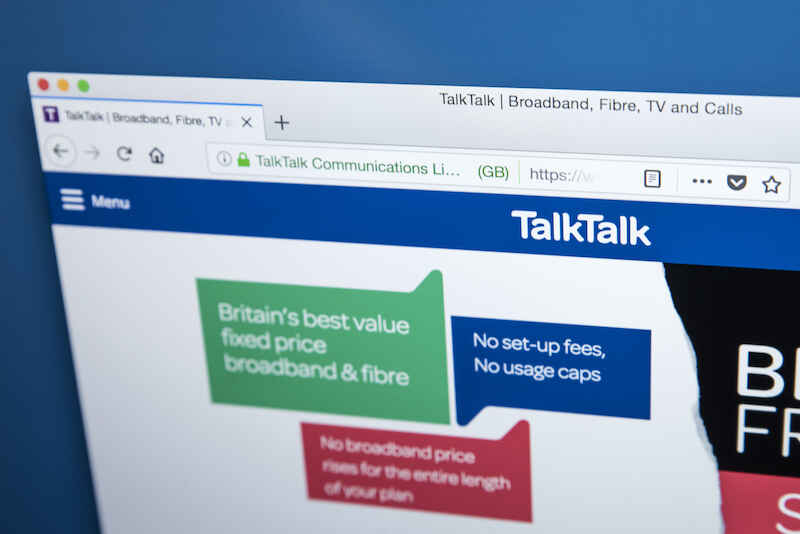How do I read my gas and electricity meters?
Share this guide:
Last updated: 07 April 2021
Save money on your energy bills
Enter your postcode below to get started
How to read electricity meters
Digital electricity meters
This type of meter will feature a row of numbers, similar to those you would find on a digital alarm clock face. To read the meter simply write down the numbers displayed from left to right, but ignore any numbers in red or in a red background.
If your energy deal gives you lower-priced off-peak electricity like ECO20:20 or Economy 7 your meter may have two rows of figures instead of just one.
If your meter has more than one row of figures then the process for reading is identical to that for a single row, just make sure that you write down both rows. The previous meter readings on your bill will indicate which row is the ‘day rate’ and which the ‘night rate’ is.
Analog/dial electricity meters
Your dial meter will have several different dials reading from 0-9. The key thing to remember with your dial meter is that each dial turns in the opposite direction to the one before it, so before you read your dial meter, make sure you check the direction of your dials.
Then read the dials from left to right, and if the pointer falls between two numbers, always take the lower number. Additionally, if the pointer is between 9 and 0, write down 9 and reduce the reading you've already taken for the dial on its left by one. For example if your first dial reads 7 exactly, but your second dial’s pointer is between 9 and 0, then round down the first dial to 6 and the second dial to 9. Also you don't need to read the last dial on the right.
How to read your gas meter
Electronic/digital gas meters
The process is largely identical to reading your digital electricity meter. Again read the numbers from left to right, and ignoring any red numbers. However, you also ignore all the digits after the decimal point and any printed zeros.
Analog/dial gas meters
Reading your gas dial meter is again very similar to reading your electricity dial meter. Every dial on your meter will be numbered from 0 to 9 and remember that each dial will turn in the opposite direction to the one before it. So remember to check and make sure you’re certain of which way all your dials turn before taking your meter reading, then read the dials from left to right. Round down if the pointer falls between two numbers. Also make sure you ignore any red dials, dials which are marked '100 per rev', and whichever dial has the largest diameter.
How to read a prepayment meter
Reading a prepayment meter is slightly different, as they'll have a few screens you need to click through the get the various bits of information you need:
Electricity meters
Standard pay as you go electricity meters have a digital display and a blue button. Pushing the button once will bring up the display and show you your available credit. Clicking through to screen 5/'H' (by pushing the button 4 times) will show you the meter reading proper.
Gas meters
Standard prepay gas meters have two buttons labelled 'A' and 'B'. Pressing 'A' will bring up your available credit, pressing it again will show anything owed, and pressing it once again will show your meter reading.
Reading a smart meter
If you've got a smart meter, you don't need to send meter readings to your supplier. However you can access all sorts of helpful information about your real time usage, as well as standard readings if you want to keep them on file, or to report to your supplier if you suspect a discrepancy of any kind.
Usually smart meters will come with a digital in-house display that you can refer to for real time information. These vary from supplier to supplier though, so contact yours if you can't find the instruction for your IHD.
We are an independent and impartial price comparison website.
Our services are 100% free to use.
usave.co.uk is supported by its users. When you make a purchase through links on our site, we may earn an affiliate commission.
Don't miss these
-
-
How to Pay Your Energy BillsTariffs and Bills
-
-
Read on our blog

With the government poised to implement tough new measures to...

Budget broadband provider TalkTalk has been notifying customers via email...

A year-long investigation by charity Citizens Advice has revealed a...

Education Secretary Nadhim Zahawi has announced a new commitment to...






